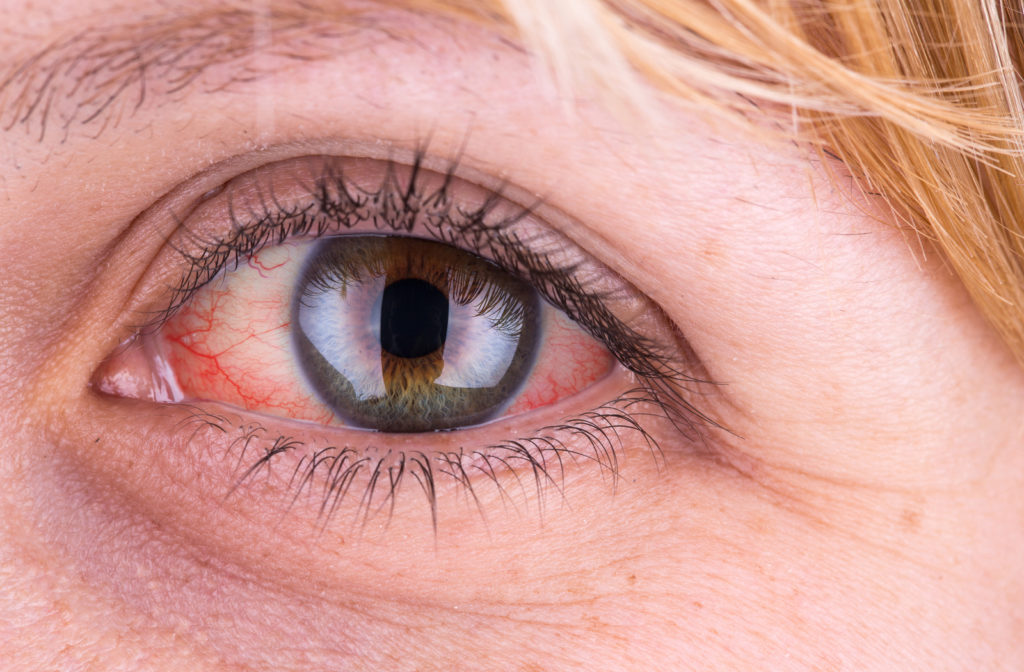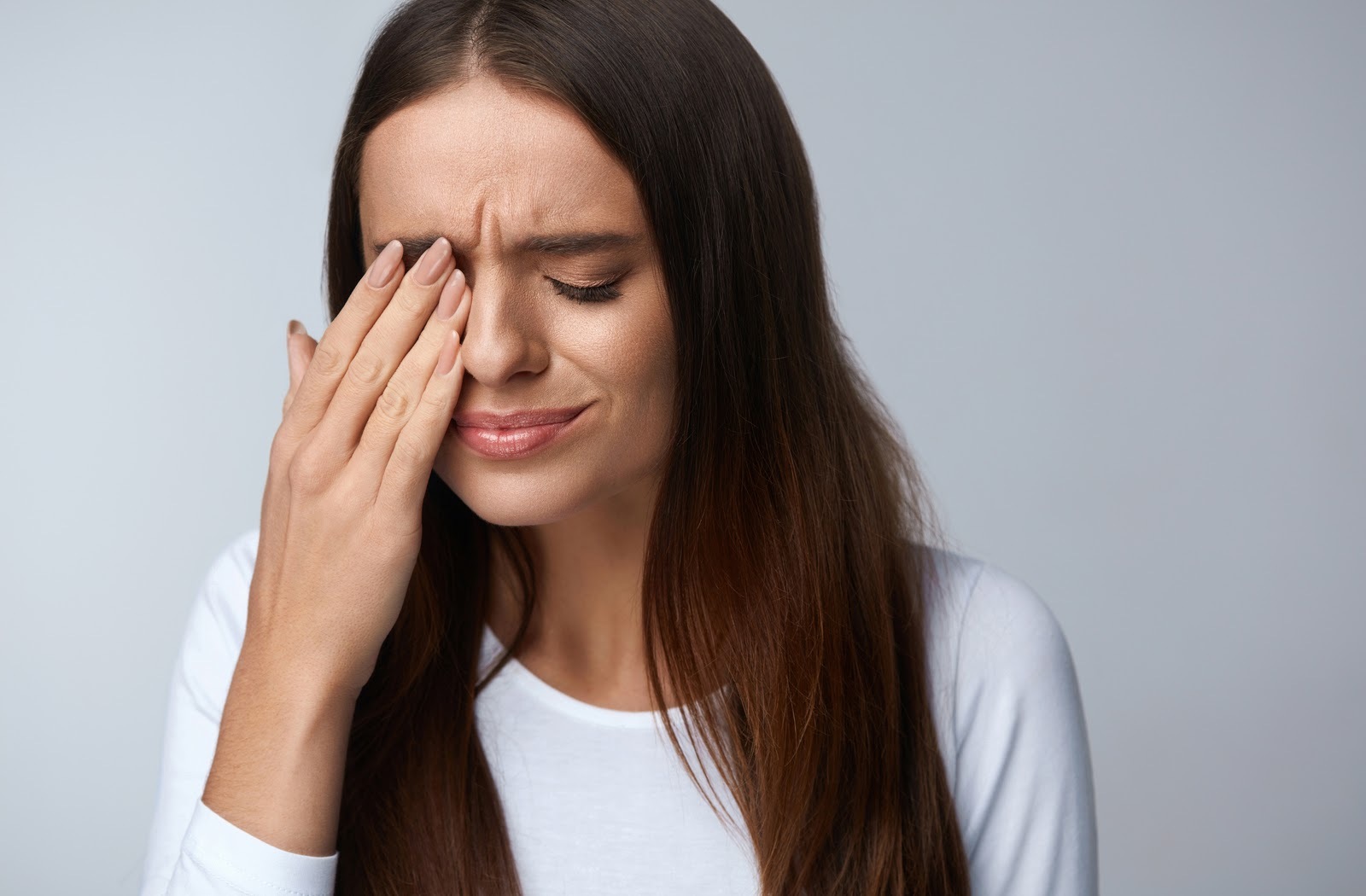For the most part, we’ve all experienced some degree of dry eye before. Whether we’ve been standing in the wind too long, experienced an allergic reaction, or struggled with chronic dry eye, you probably know what the experience is like and how uncomfortable it can be.
And while many dry eye symptoms are uncomfortable, is it possible for dry eye to cause other issues that may affect our vision?
Everyone experiences dry eye differently, but let’s look at the ways that dry eye can cause more severe symptoms, like fluctuating vision or even permanent vision loss, and what you could do to preserve your vision from these issues.
If you’re looking for personalized solutions to help you achieve the eye comfort you deserve, take a look at our list of Dry Eye Doctors, find one near you, and get back to enjoying your vision today.
How Dry Eye Develops
Before diving into how dry eye affects your vision, let’s take a brief moment to review how it develops.
Dry eye is an issue that can occur when your tear film becomes unstable. Your tear film covers your eye surface, providing comfort and hydration with the help of 3 distinct components:
- Mucus, which adheres the tear film to your eye and spreads it evenly across your eye surface.
- Water, which hydrates the eye and washes away particles and bacteria.
- Oil, which seals in the tear film and prevents it from evaporating.
Most dry eye cases fall into either aqueous tear deficiency or evaporative dry eye. Aqueous tear deficiency occurs when your tear film doesn’t have enough water content to hydrate your eyes properly. In contrast, evaporative dry eye occurs when your tear film doesn’t have the oil content needed to keep the rest of your tears from evaporating.
Evaporative dry eye is the most common version of dry eye, and it’s often caused by a condition known as meibomian gland dysfunction (MGD). MGD occurs when the glands responsible for producing your tear film’s oil layer becomes blocked, clogged, or obstructed.
What Severe Dry Eye Looks Like
Now that we know how dry eye develops, let’s look at severe dry eye and the symptoms you might experience.
Whether you have aqueous tear deficiency or evaporative dry eye, you may risk it becoming more severe if you don’t get treatment. Without a healthy tear film, your eyes can run the risk of developing:
- Eye infections like conjunctivitis
- Contact lens problems
- Blurry or fluctuating vision
- Corneal damage
Certain health conditions may increase your risk of developing severe dry eye. Some of the most common can include:
- Sjogren’s syndrome
- Rosacea
- Diabetes
- Lupus
- Rheumatoid arthritis
- Scleroderma
If you have these issues or risk developing them, it’s important to have regular eye exams to help monitor your tear film and maintain your eye comfort.
Corneal Problems Caused By Dry Eye
As we mentioned earlier, severe dry eye can increase the risk of several different symptoms if you don’t find suitable treatment. However, if left untreated it may lead to changes in your vision or even corneal damage.
The cornea is the clear, dome-shaped front part of the eye that acts like a window and allows light to pass through and reach your retina. Dry eye can damage your corneas in several ways, causing the surface to become inflamed which in some cases can lead to scarring or even ulceration of the cornea.
Corneal Inflammation (Keratitis)
Without a stable tear film, you may have a higher risk of damaging your cornea. This issue, known as a Keratitis, creates inflammation on the surface of the cornea
Keratitis symptoms you might experience include:
- Eye pain
- Redness
- Wateriness
- Light sensitivity
- Blurry vision
In some cases, keratitis can resolve on its own, but we still recommend seeing our team so they can help monitor the process. If the keratitis is severe enough, it could affect your vision and even increase the risk of infection.
Corneal Ulcers
Corneal ulcers are more severe and can be infectious or non-infections. Ulceration causes an open sore on your cornea. Although the risk is very rare, dry eye increases your risk of developing a corneal ulcer by affecting your tear film’s ability to wash away bacteria. As a result, you can experience:
- Eye redness
- Severe eye pain
- Light sensitivity
- Itchiness
- Pus or discharge
- Inflammation
- Wateriness
- Blurry vision

What Can You Do to Protect Your Vision?
The key to protecting your vision from dry eye is ensuring your tear film is healthy and stable. Whether you have aqueous tear deficiency or evaporative dry eye, strategies are available to help comfort your eyes and reduce the risk of complications that may affect your vision.























